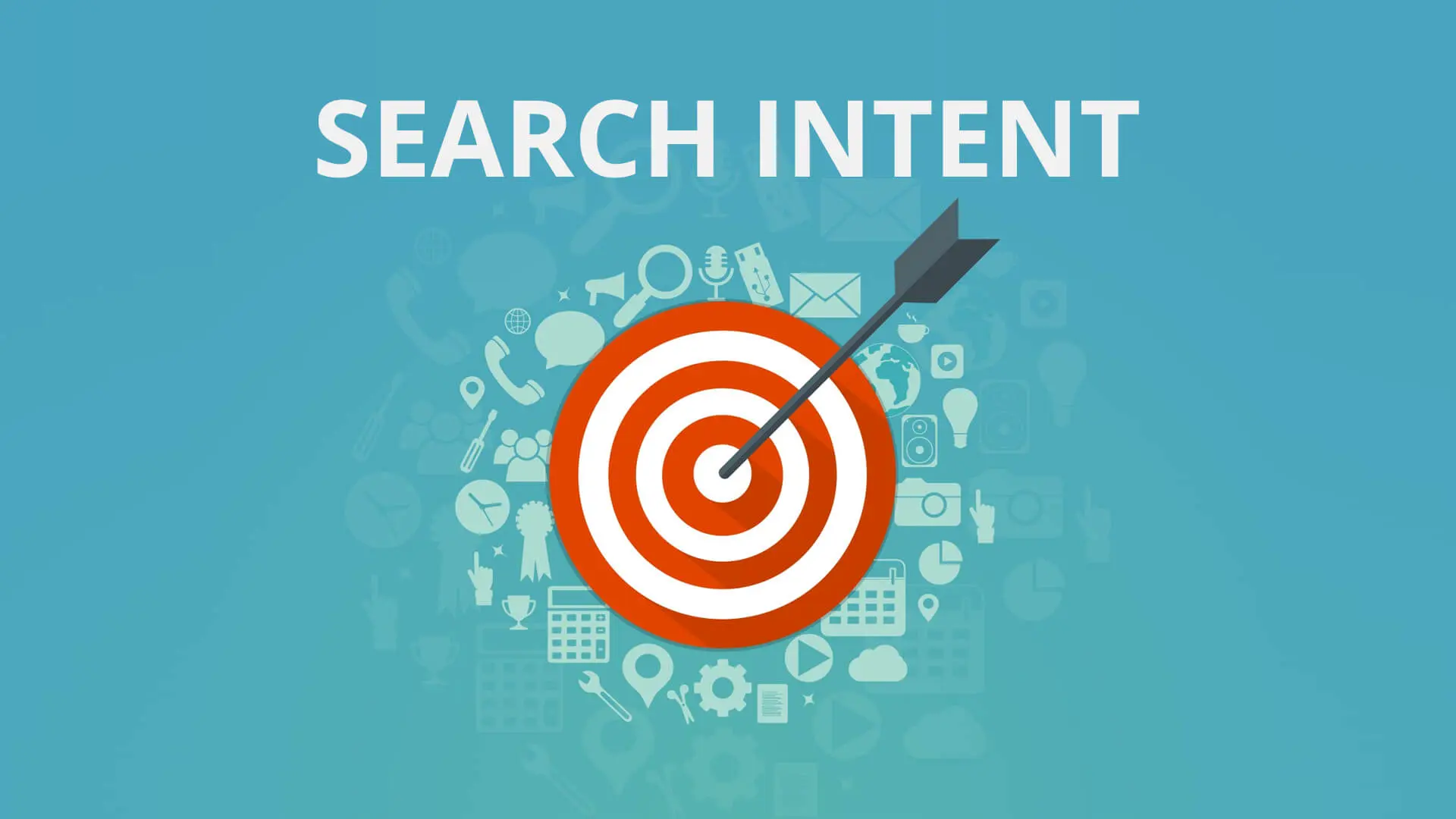 |
| User Intent: How to attract your target audience alone? |
Choosing the right segment of users on the Internet is one of the most important pillars of success in configuring search engines and issuing their results. If true, the process is like a pyramid; its rule is to choose the most appropriate users for the quality of the site or product by studying the user's intention and research purpose and then configuring search engines. Success in the past is a sure factor that guarantees success in e-marketing, which sits at the top of this pyramid. In this article, we'll give you the best ways to ensure that the most suitable audience is targeted accurately.
Definition of user intent
The term intention of the user refers to the knowledge of the means of research carried out by the user, to access the information he wishes to receive. That is, to determine the audience that is best suited to you, and then try to think like them to find ways to attract them to your site or product. That is, how the online researcher will get to the site, what he will write, how he will search, and what kind of results he will click on.
Knowing the intention of the researcher leads to your success in the search engine configuration and tops its results. User intent is a foundation of success in all areas as it enables you to think in advance about what users might think to reach your product. Users are divided into three types depending on the different intentions and purposes of the research:
- Navigator: A researcher who searches for information from certain sites, to browse them or review their products closely. Anything he's looking for will inevitably include the name of the site or company he's referring to.
- Informational Finder: A researcher whose purpose is to access information. That is, what he is looking for is information about a particular topic without being limited to a specific source.
- Transactional: A researcher whose purpose is to purchase a product or perform a specific financial task.
So what are the best methods you can follow to succeed in making the researcher's intention and research purposes include the content you provide? Continue reading the article to find the answer.
How do you take advantage of a user's intention to promote your website?
First: Content creation is the basis of everything
There is no doubt that creating the right content is a key pillar in the predictability of the intention of the online researcher. However, you should present part of your information in a general template that is easy for everyone to accept and understand, as you want to attract different users at first and then distinguishes them by what is called the act of screening.
Second: Keywords are your weapon in managing user intent
Keywords by which we mean the set of phrases that the user writes in the search engine to get the desired results. What distinguishes articles from each other is that one of them includes keywords that are hammered by different users across search engines. No matter how engaging the content may be, but it lacks these words, the volume of traffic is like a rare occasion.
For example, a user searches for information about "suitcases," and the researcher here is a buyer as search engines will serve more commercial results than scientific ones. Since 9 out of 10 results Google displays are usually commercial, the first results it will get are those that include the title it searched for. If you own a business related to travel, bag making, for example, or selling them, you should choose keywords that make it easier for the researcher to reach you.
Third: Search spiders are not just "bots"
Let's put it in plain language, search spiders of search engines, especially Google, act as human resources managers in a company. When she is offered a large number of CVs of people applying to fill a vacancy, the nature of the HR manager's work makes it imperative for him to select the best applicants to fill the vacancy.
And that's exactly what search spiders will do, as search engines' primary purpose is customer service. You have to compete to present your content in a framework that serves users more than attention to other aspects, such as the aesthetics of the site at the expense of content or interest in presenting content narratively which may weaken the desire of the researcher to continue reading, which will make search spiders move away from suggesting your site to the customer when he searches for the same topic.
These things may weaken your article's success in topping search engine results. It can put you at a loss, ostensibly you're not making any mistake in your interest in SEO standards. But actually, it doesn't achieve what is required to achieve user satisfaction.
Fourth: Make the intention of the researcher - he means you - you
That is, turning users seeking information into navigators who resort to your site or product immediately by searching for them privately without the hassle of general search across sites. Yes, you can do that, so instead of waiting for the user to do the quest to reach you, lure them yourself.
It's not a deceptive or miraculous way all you have to do is:
- Launch funded ads.
- Hiring influencers via social media.
- Employment of e-marketing companies.
1. Launch funded ads
The best way to attract customers is to be in front of them all the time. If you direct a campaign of funded ads targeting the users you want to deal with over and over again but not in any way, as you have to make the ad seem like the solution to their most prominent problems in life, you will end up being an idea in their subconscious, until they mean to search for your product on their own.
2. Hiring influencers via social media
 |
| User Intent: How to attract your target audience alone? |
There is no better way to manage user intent and attract customers than to conduct promotional campaigns via opinion-held influencers across social media platforms.
Here you aim to turn a researcher who is looking for information (let's say here to treat dandruff), into a navigator looking for your location after seeing a celebrity praise him or appear in an ad of his own. (As with the famous player Cristiano Ronaldo and one of the personal care products).
3. Use of e-marketing services
The use of e-marketing services is the simplest way to target the most suitable customer segment for your site or product without bothering to follow all the previous steps, as today many sites allow individuals to access services from individuals who can do so at reasonable prices, the best example of which is the Fiverr platform. Just find the service that suits you best, contact the creator via the Fiverr platform that guarantees you your rights.
Fifth: Remember that the user's intention and the search results associated with it can change at any moment
 |
| User Intent: How to attract your target audience alone? |
The intention of the researcher and the results associated with it on search engines are not fixed. It can undergo a change that may range from a sudden change to a long-term and slow, permanent, or temporary change.
For example, in 2016 one of the largest cyberattacks took place in the United States, and without considering the motives and other news related to this topic, something important would have happened. Before the attacks, the results were focused on the commercial side (a financially mobile user), meaning that any user who searches for DNS would have gotten results that would have helped them choose the most suitable DNS provider.
However, very soon after the attacks, the results of the research turned into a news nature due to the change in the intention of the researchers and their intention to see the subject of the attacks. This change in user intent was not always as commercial information returned to the top of search results after some time. That is, the change in user intention is very common and has no specific introductions or templates, as you have to stay in constant contact with the changes of the world and their consequences for your product or company.
This concludes our article in which we have addressed some of the key points that must be realized to successfully manage the intention of the user and use it to achieve the optimal configuration of search engines and then issue search results on websites. These steps are an integrated network that cannot be known without delving into the rest.


Comments
Post a Comment